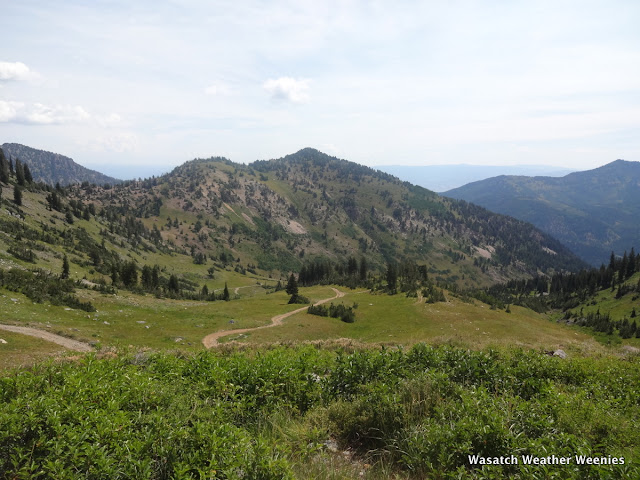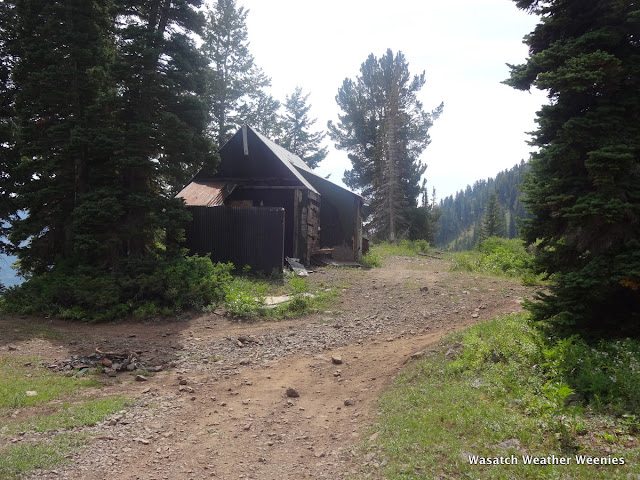Prior to the meeting, we spent a day in Garmisch-Partenkirchen, host of the 1936 Winter Olympics and the capital of winter sports and mountaineering in Germany. Towering 2200 m above G-P is the Zugspitze, the highest peak in Germany.
Like many resort areas of the Alps, a remarkable infrastructure of rail, cog railways, and aerial trams services the high mountain areas. Below is the end of the cog railway at the Zugspitzeplatt at 2588 m. About 4.5 km and 1000 vertical meters of the ascent are within the mountain. It's unbelievable the effort that was undertaken to build a train to this location.
At the Zugspittzeplatt you can access Germany's longest ski season, but things are closed down this time of year. What you see before you is the remnants of a dying glacier. The photo below shows the scene in 1890. These lower altitude glaciers will be gone soon.

Although I didn't bother to visit it, the Schneefernerhaus, a center for environmental research exists just below the summit of the Zugspitze and is accessed from the Zugspitzeplatt. Looks like my kind of place. More info here. You realize that the U of U had a research station at Alta back in the 60s but they sold it. It wasn't as spectacular as the Schneefernerhaus, but it would have done just fine!
From the Zugspitzeplatt you can take a short tram to the summit of the Zugspitze. There, you'll find two faster ways to the summit. One is the Eibsee cable car, which rises about 2000 vertical meters, the last 2/3 or so in a continuous span at a ridiculous pitch.
There you'll find the Tiroler Zugspitzbahn cable car. There was a time when there was a border check on the summit, but thanks to the European Union, passage is seamless today.
Despite the haze (and probably some smog), the views from the summit are pretty good. Below is G-P.
It's very hot right now by European standards, so after our alpine adventures, we hiked up the Partnatchklamm, a wet, cool Alpine slot canyon.
Time to nap. I have a talk to give tomorrow.



















































